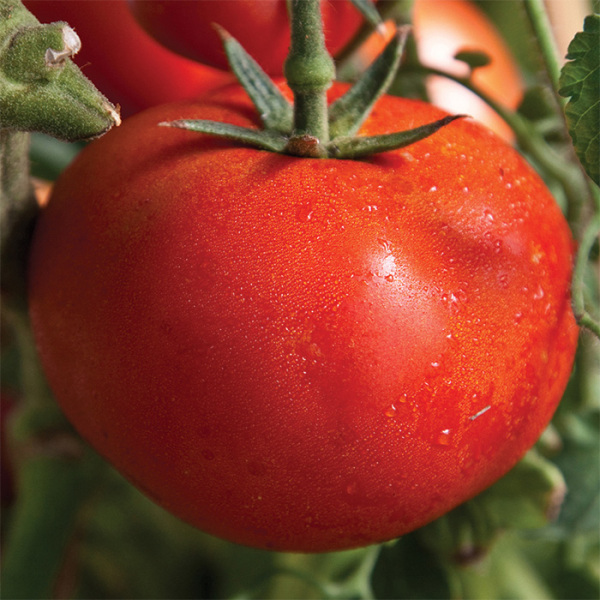


How to ship plants!
Moving companies can’t move your photosynthesizing friends. But that’s no reason for us to leave them high and dry. Here is a step by step on getting your flowers, veggies, and trees to your destination.
USPS always requires waterproof material, such as waxed Kraft paper, to maintain moisture in the plant’s roots. This will also protect your parcel from leakage during transit. However, every plant is different, and you’ll need to package each one according to what it needs. For example, thorny plants such as cacti require you to wrap them in puncture-proof paper.
Step by step on shipping plants
- Slightly dampen several sheets of newspaper or packing paper
- Fold the papers in half and place the plant so the roots and stem are at the center (if your plant has foliage, make sure you place the foliage outside the edge of the paper)
- Gently roll the paper around the roots
- Cover the bottom of the plants with waterproof waxed Kraft paper to contain the moisture in the roots (don’t seal the paper—remember, your plants need oxygen to survive)
- Wrap the entire plant in at least two large plastic grocery bags (clear garbage bags for trees/larger plants) to protect the plant and prevent moisture damage to your box
- Place the plant inside a new corrugated cardboard box (make sure you choose a box that fits your plant the best, but also doesn’t constrict it too much)
- We suggest including a note inside the package that tells your recipient what type of plant it is and how to properly care for it (paper will get soggy with the plant’s moisture, so laminating the note is always a good idea) – in the event someone will be plant sitting on the other side.
- Mark that the package contains plants inside
- Ship it out as soon as possible!
Which type of shipping is best?
The class of USPS shipping that’s best for you is dependent on your plant and how fast you’d like it to arrive. In general, if your plant is less than 16 ounces then you will want to select the First Class Package. This will have your plants arriving at their destination in 1-3 days.
The USPS mail class you choose to ship your plants will depend on how much your plant weighs, and how quickly you want it to arrive. Generally speaking, since a lot of plants weigh
less than 16 ounces, First Class Package will be the most popular way to send them. This service will be the cheapest option, and will also see the plant arriving within an estimated 1-3 business days. If your package weighs more than 16 ounces, Priority Mail will be the standard choice (sometimes this is the case if you end up including soil).
While certain plants such as desert vegetation and succulents don’t need a ton of water to survive, other plants aren’t the same. Therefore, sometimes you’ll want your plant to get to its destination as quickly as possible. In this case, Priority Mail Express will be the best service. Priority Mail Express will cost you quite a bit more money, but the Postal Service guarantees delivery within 1 day (2 days if the parcel is going to a rural area).
Pay Attention to Individual State Guidelines
Keep in mind that certain states have restrictions on importing certain types of plants. For example, you can’t ship citrus plants to California from any other state in the country. You also can’t ship the Mauna Loa plant or fresh flowers of jade vine from Hawaii to the United States mainland or Alaska. Therefore, we suggest doing your research beforehand. A quick Google search of your plant and the state you’re shipping to should do the trick!




